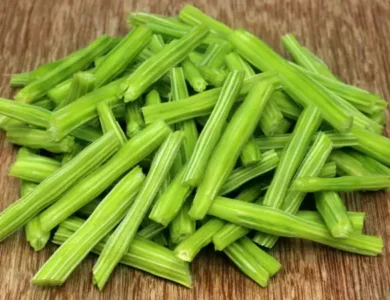How to Store Fruits and Vegetables Properly

We’ve all been there: you buy a week’s worth of vibrant fruits and vegetables, dreaming of delicious meals and healthy snacks. But then, a sneaky villain named Spoilage creeps in, transforming your crisp produce into a mushy mess. Fear not, grocery warriors! With these simple storage tips, you can outsmart that villain and keep your fruits and veggies fighting fit for longer.
The Two Temperature Tribes:
Think of your countertop and fridge as different lands for your produce. Some thrive in the cool, controlled climate of the fridge, while others prefer the room temperature freedom of the counter. Let’s sort them out:
Fridge Fanatics: Most leafy greens (think spinach and kale), root vegetables (hello, carrots and potatoes!), berries, and stone fruits (peaches, plums, etc.) love the fridge. The cold slows down their natural ripening process, keeping them firm and flavorful.
Counter Champions: Fruits like bananas, avocados, and mangoes, along with most vegetables like tomatoes, onions, and peppers, are happy campers at room temperature. They ripen best at warmer temperatures, so chilling them can halt their delicious progress.
The Pre-Cut Posse: Any fruit or vegetable that’s already been chopped or peeled needs the fridge’s protection. Exposure to air speeds up spoilage, so keep those pre-cut goodies chilled in airtight containers to extend their shelf life.
Crisper Companionship: Not all fridge real estate is created equal. The crisper drawers are specifically designed to maintain the right humidity for most fruits and vegetables. Don’t overcrowd them, as air circulation is key to preventing rot. Pro tip: line the crisper with paper towels to absorb excess moisture.
Ethylene Enemies: Some fruits, like apples and bananas, release ethylene gas, which hastens ripening in other produce. Keep these ethylene emitters separate from sensitive fruits and veggies, like leafy greens, to slow down their decline.
Beyond the Basics:
- Wash wisely: Don’t wash your produce until you’re ready to eat it. Moisture accelerates spoilage, so keep them dry unless they’re about to hit your plate.
- Know your neighbors: Some fruits and vegetables can affect each other. For example, apples release ethylene, so don’t store them next to potatoes, which are sensitive to it.
- Embrace versatility: If something starts to soften, don’t despair! Turn soft berries into smoothies, freeze ripe bananas for baking, and use wilting greens in soups or stir-fries.
By following these tips, you can become a master of produce storage, reducing food waste and enjoying the benefits of fresh fruits and vegetables for longer. Remember, a little knowledge goes a long way in the fight against Spoilage! Now go forth and conquer the crisper, fridge warriors!








